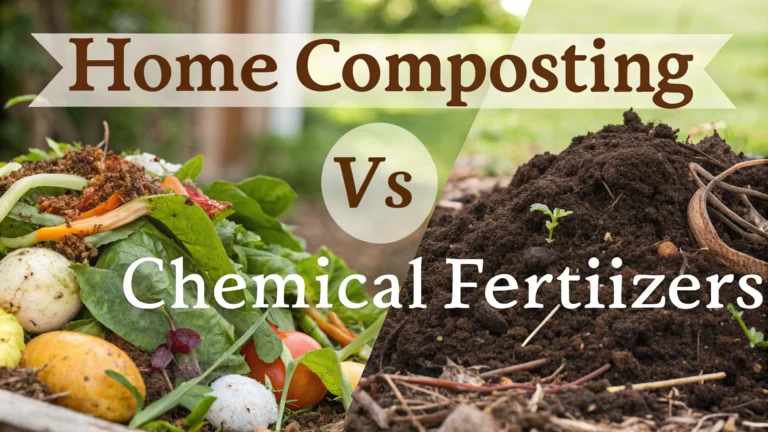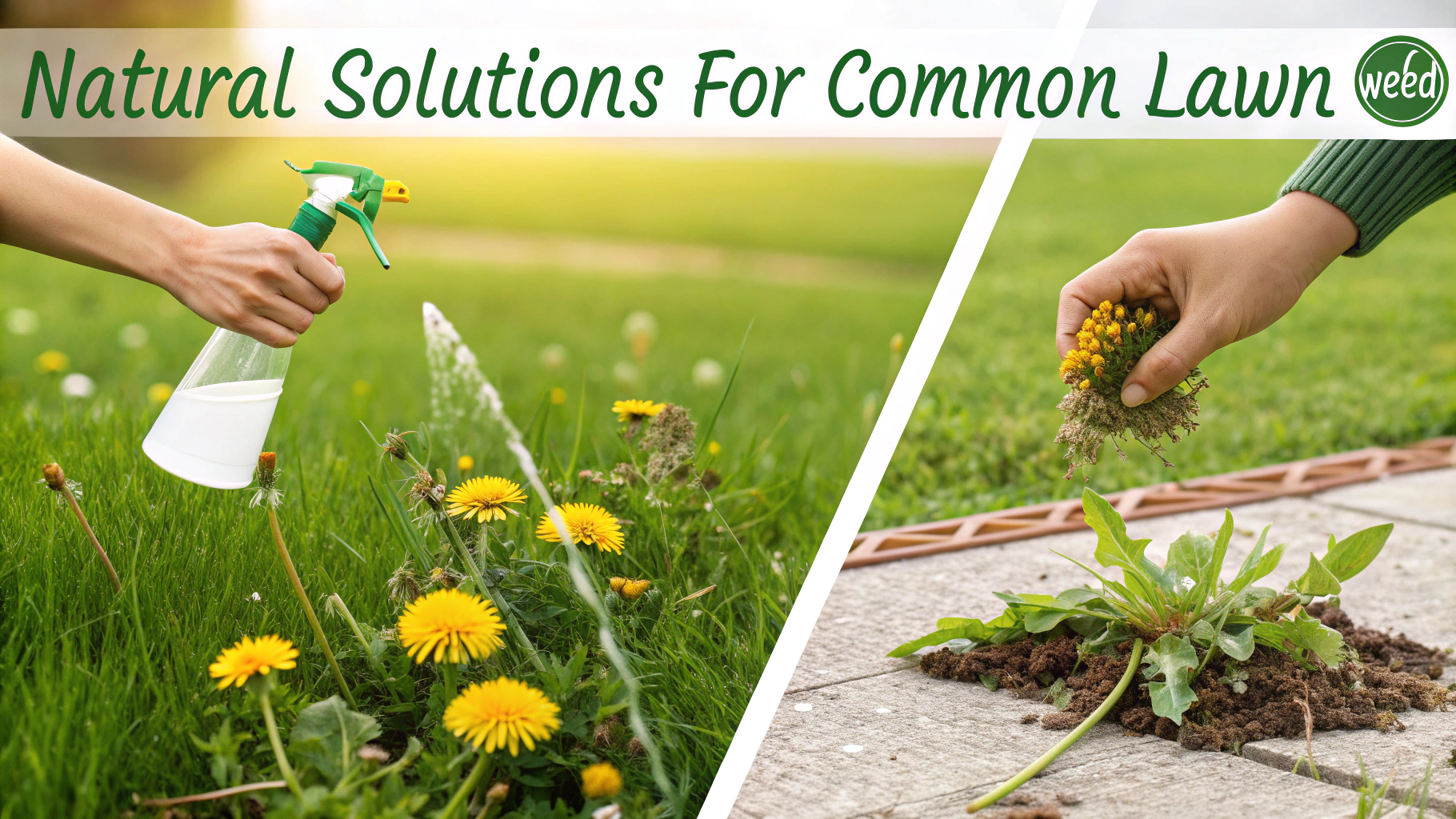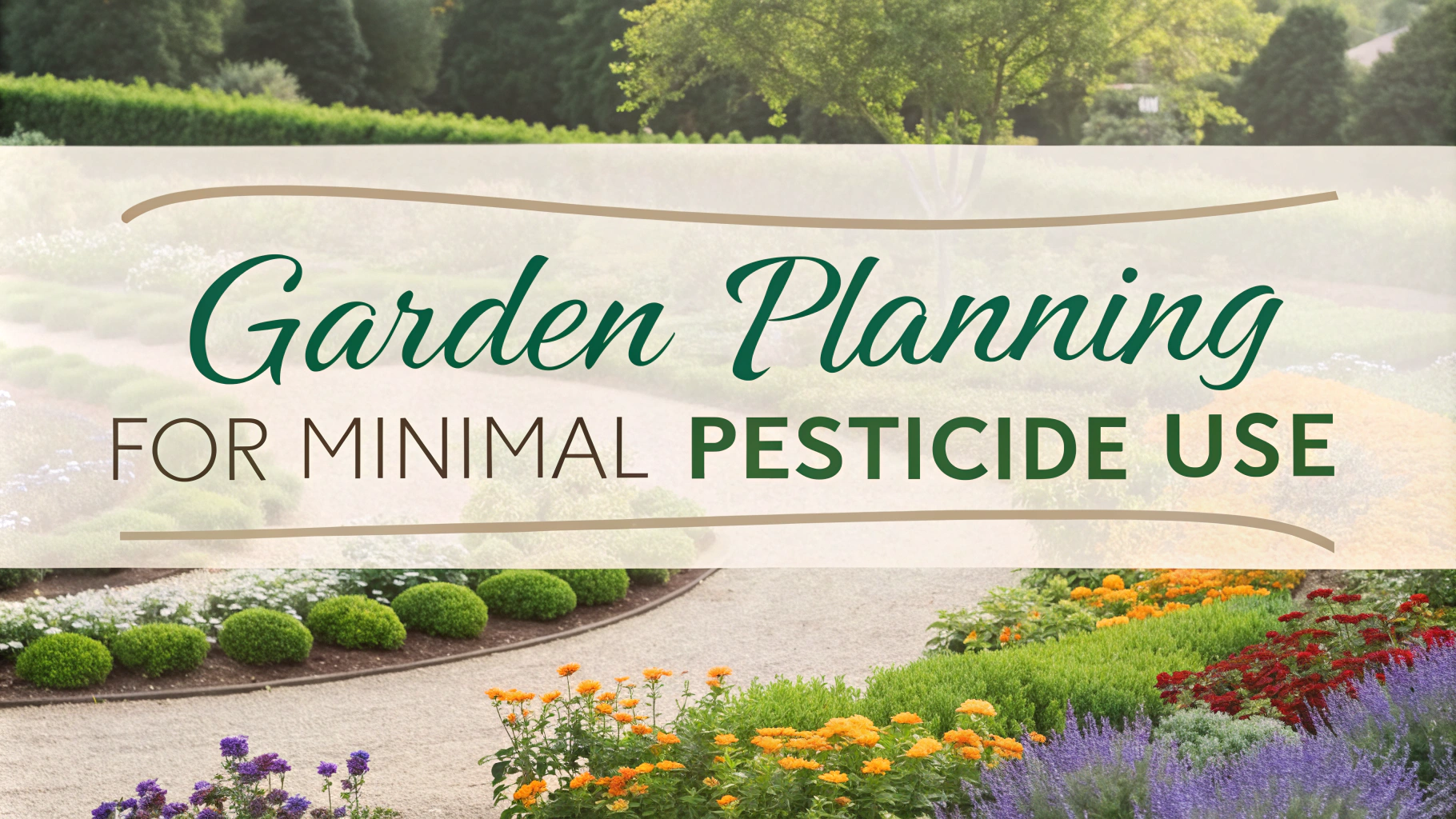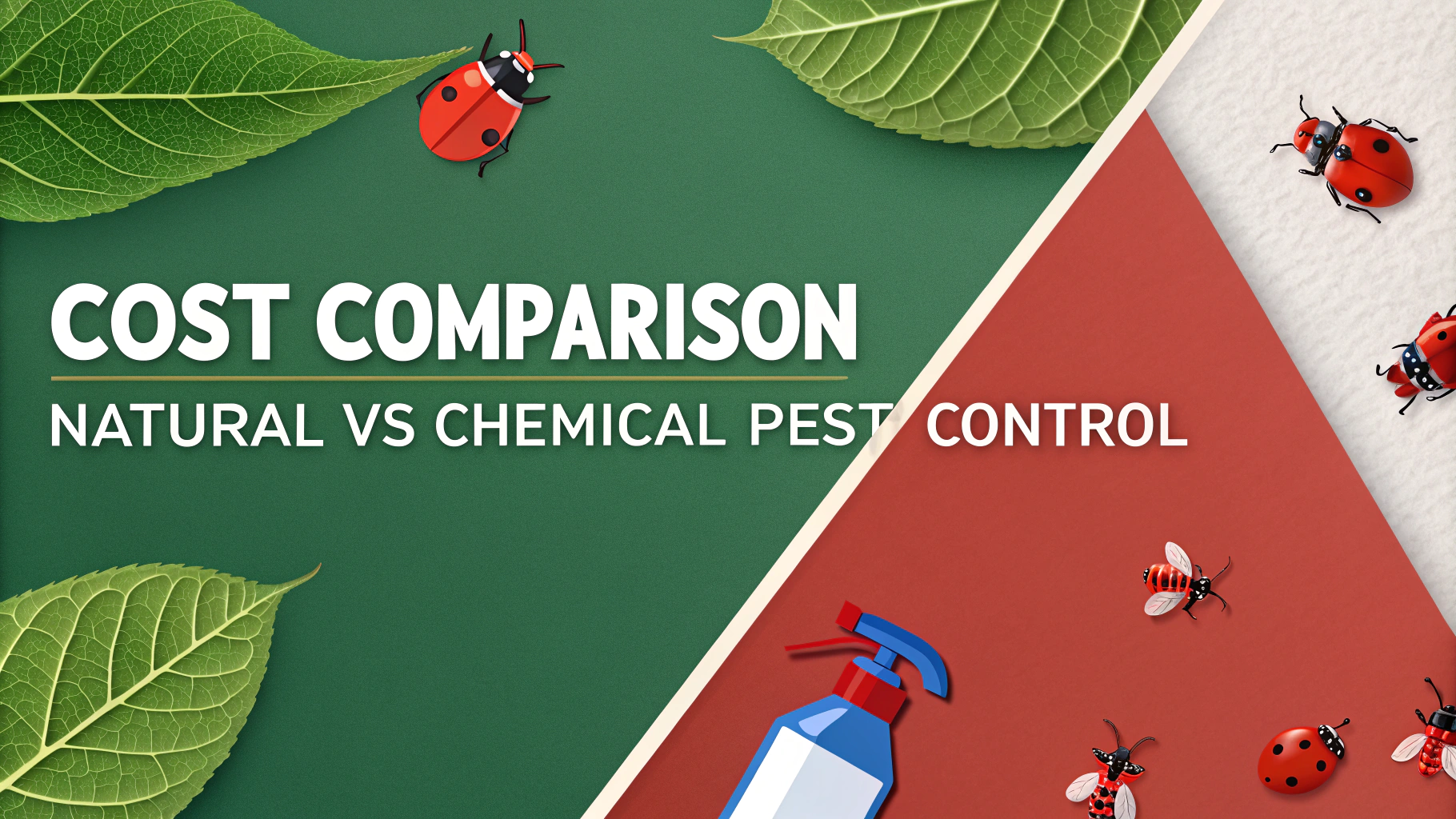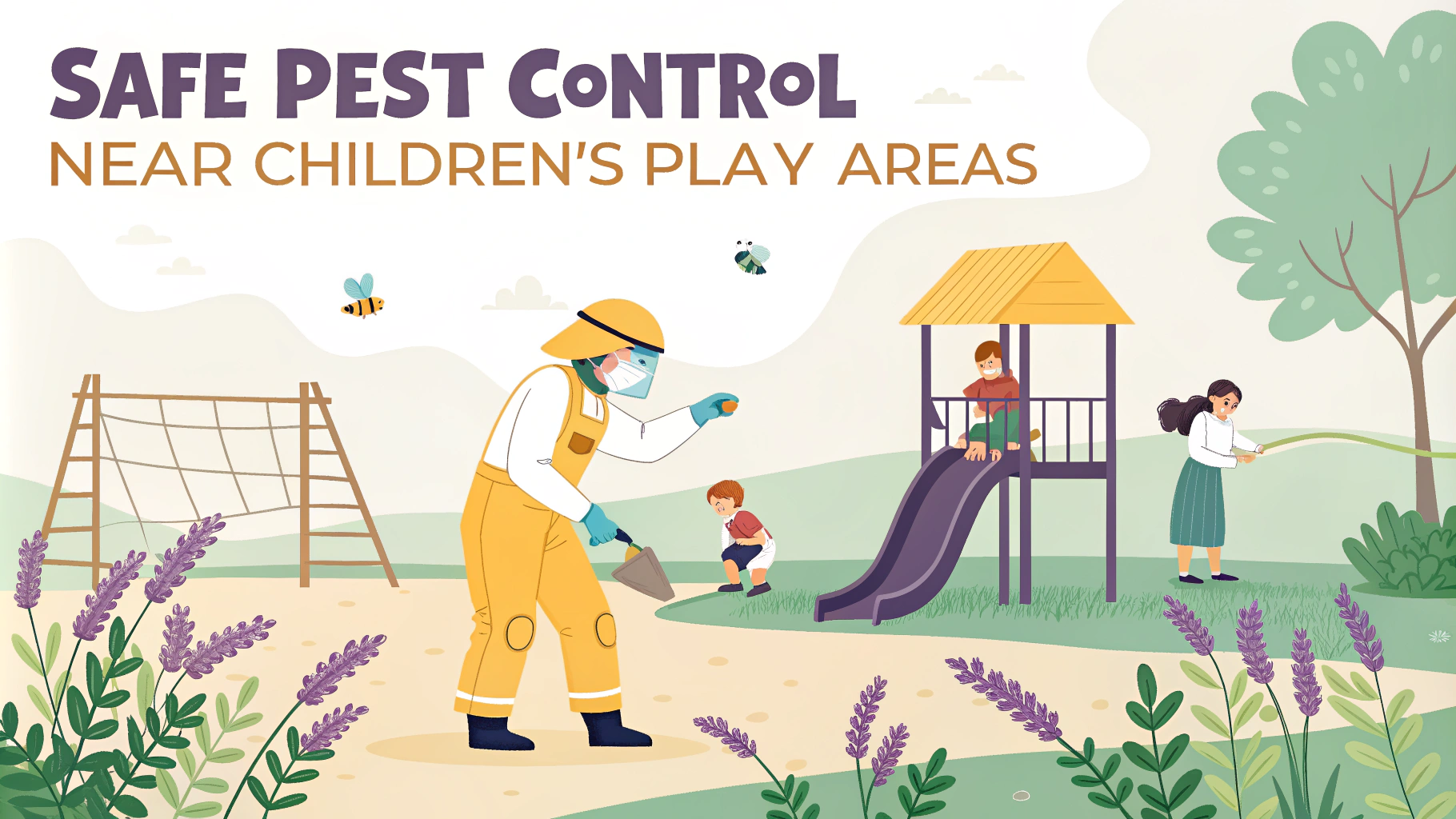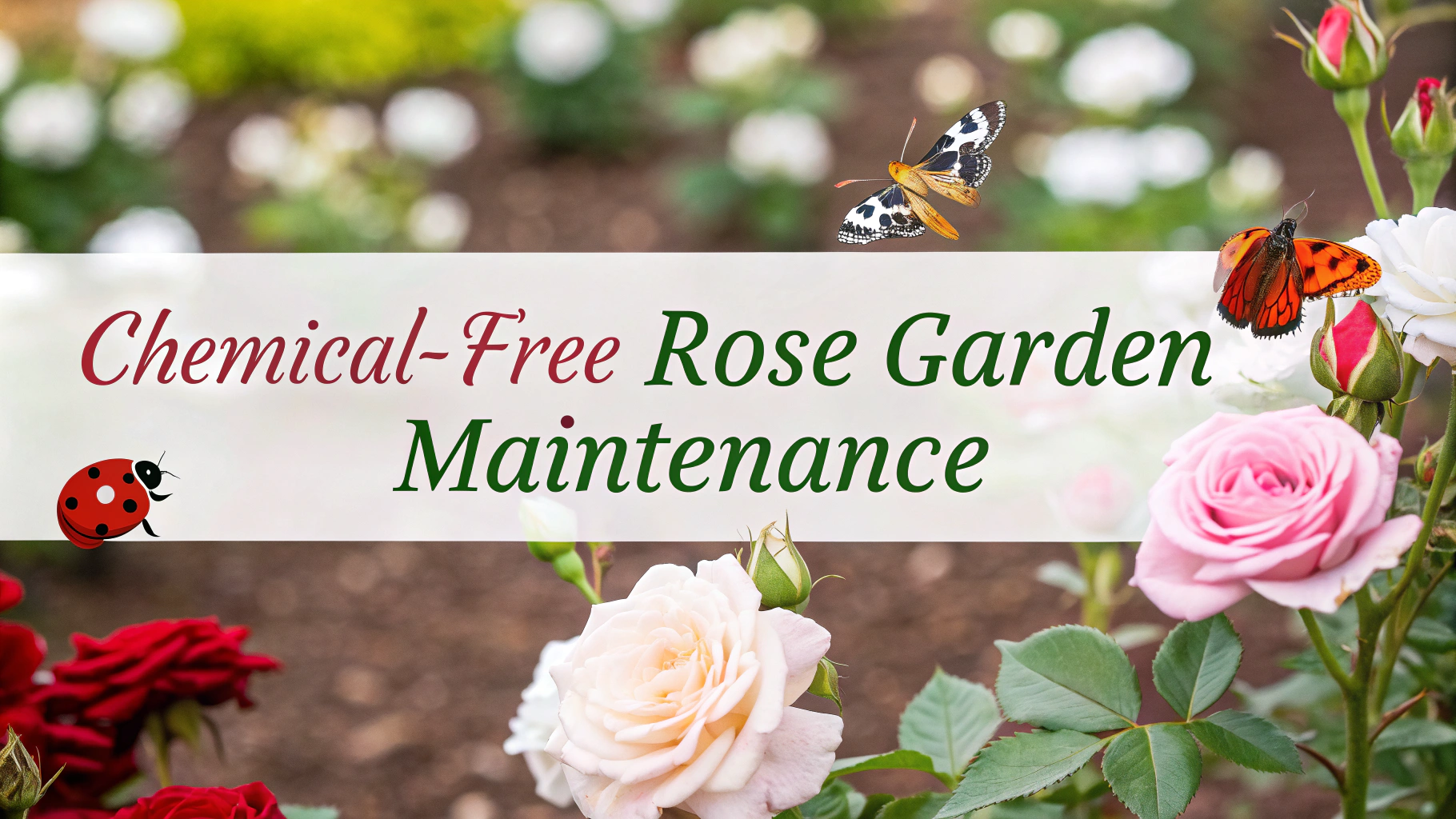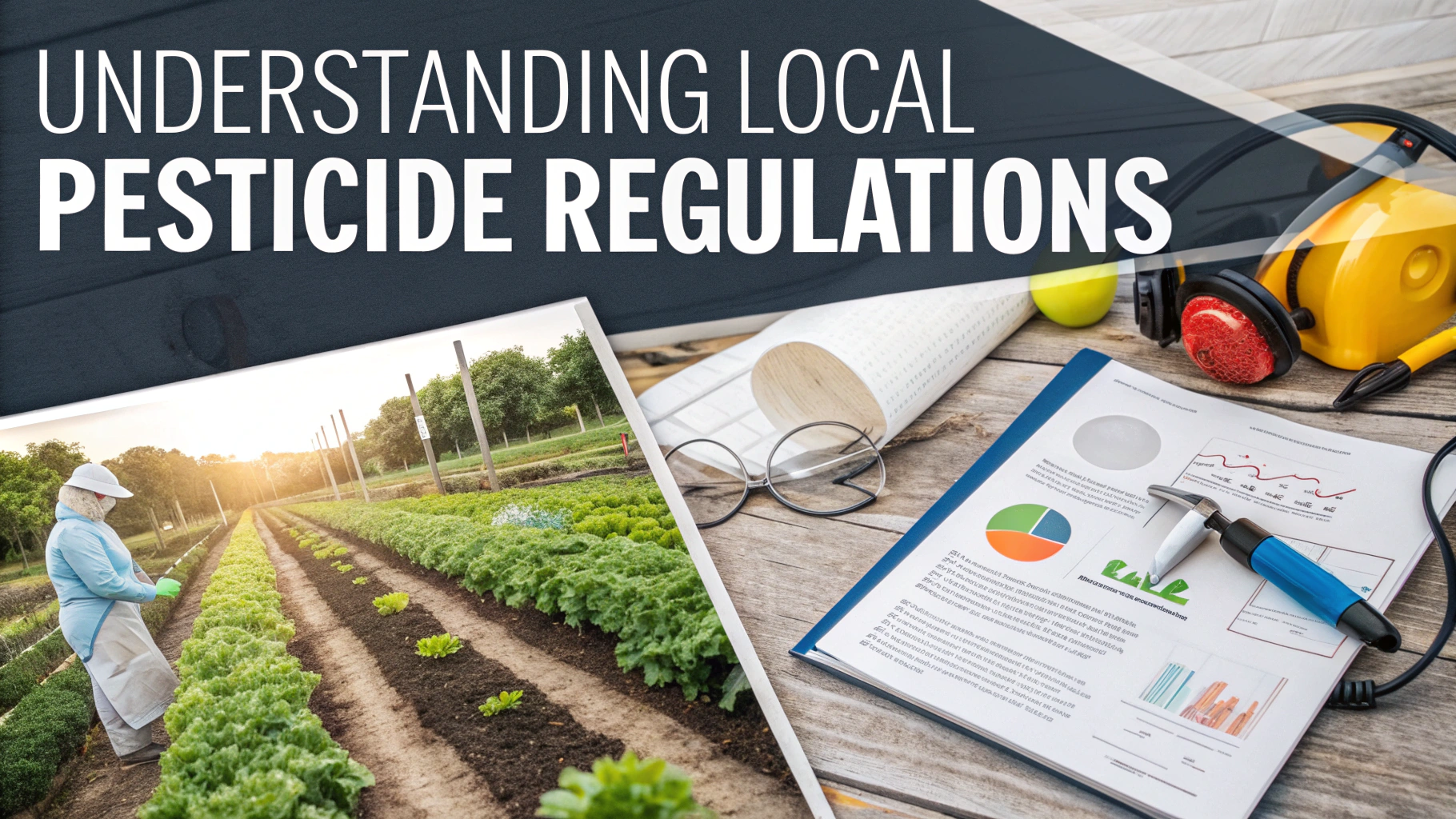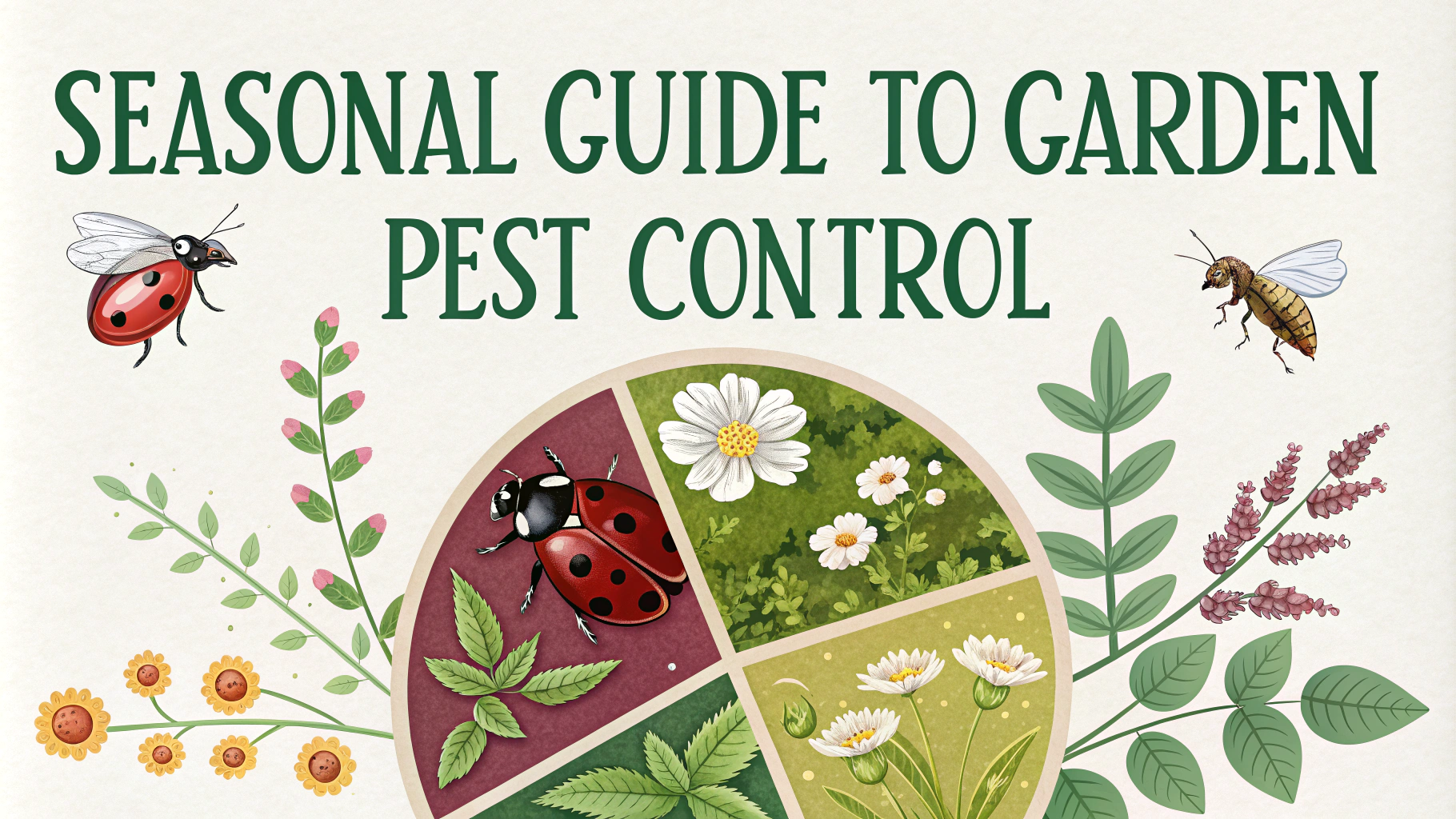Making the switch from chemical fertilizers and pesticides to home composting can transform your garden while helping the environment.
Benefits of Home Composting
- Reduces household waste by up to 30%
- Creates nutrient-rich soil amendment for free
- Improves soil structure and water retention
- Supports beneficial microorganisms
- Zero chemical runoff into waterways
Problems with Chemical Fertilizers
- Water pollution through runoff
- Soil degradation over time
- Kill beneficial soil organisms
- Can burn plants if over-applied
- Ongoing expense
Starting Your Compost Pile
A basic compost pile needs these four elements:
- Browns: Dead leaves, branches, twigs
- Greens: Grass clippings, food scraps, coffee grounds
- Water: Keep pile as moist as a wrung-out sponge
- Air: Turn pile regularly for oxygen flow
What to Compost
| Compostable | Avoid |
|---|---|
|
– Fruit/vegetable scraps – Coffee grounds/filters – Eggshells – Yard trimmings – Plain paper |
– Meat/dairy – Oils/fats – Diseased plants – Pet waste – Chemically treated wood |
Natural Pest Control Alternatives
- Companion Planting: Plant marigolds near vegetables to repel pests
- Neem Oil: Natural insecticide safe for organic gardening
- Diatomaceous Earth: Controls crawling insects naturally
- Beneficial Insects: Ladybugs and praying mantises eat harmful pests
Resources for Help
- Local Extension Office: Contact for soil testing and composting workshops
- Master Gardeners Programs: Find local experts through American Horticultural Society
- Environmental Protection Agency: Composting Guide
Start small with a simple compost bin and gradually expand as you learn what works best for your space and schedule.
Monitor your compost pile’s progress with a compost thermometer, aiming for internal temperatures between 130-150°F (54-66°C) for optimal decomposition.
Troubleshooting Common Issues
- Bad Odors: Add more browns and turn pile
- Not Decomposing: Check moisture and add greens
- Attracts Pests: Bury food scraps deeper in pile
- Too Wet: Add dry browns and improve drainage
Advanced Composting Techniques
- Vermicomposting: Using worms to break down kitchen scraps
- Tumbler Systems: Rotating bins for faster decomposition
- Three-Bin Method: Separate areas for new, active, and finished compost
- Bokashi: Fermented composting for apartment dwellers
Seasonal Composting Tips
Winter
- Insulate pile with straw bales
- Continue adding materials even when frozen
- Store browns for spring use
Summer
- Monitor moisture levels more frequently
- Add extra browns to balance wet grass clippings
- Cover pile to prevent excess drying
Using Finished Compost
- Mix into garden soil before planting
- Use as mulch around established plants
- Brew compost tea for liquid fertilizer
- Add to potting soil mix (1:3 ratio)
Conclusion
Switching to home composting is a sustainable choice that benefits both your garden and the environment. With proper maintenance and patience, you’ll create a continuous supply of nutrient-rich compost while reducing waste and eliminating the need for chemical fertilizers. Start your composting journey today and join the growing community of eco-conscious gardeners.
Remember: successful composting is a balance of materials, moisture, and maintenance. Adjust your methods based on results and keep learning through local resources and fellow gardeners.
FAQs
- What are the main advantages of home composting over chemical fertilizers?
Composting improves soil structure, promotes beneficial microorganisms, reduces waste, and releases nutrients slowly, while chemical fertilizers provide quick nutrients but can harm soil biology and lead to nutrient runoff. - How long does it take for home compost to be ready compared to the immediate effects of chemical fertilizers?
Home composting typically takes 2-12 months depending on conditions, while chemical fertilizers work immediately. However, compost benefits last longer and improve soil quality over time. - Does home composting help reduce pesticide dependency?
Yes, compost creates healthier plants with natural resistance to pests and diseases, while also supporting beneficial insects and microorganisms that naturally control pest populations. - What are the environmental impacts of chemical fertilizers versus home composting?
Chemical fertilizers can contaminate waterways, contribute to greenhouse gas emissions, and deplete soil quality, while composting reduces landfill waste, sequesters carbon, and promotes biodiversity. - How does the cost of home composting compare to chemical fertilizers and pesticides?
Home composting is significantly more cost-effective as it uses free kitchen and yard waste, while chemical fertilizers and pesticides require ongoing purchases and can be expensive long-term. - Can home compost provide all the nutrients that plants need?
Yes, properly made compost contains all essential macro and micronutrients plants need, though it releases them more slowly than chemical fertilizers. It also improves nutrient retention in soil. - What are the health risks associated with chemical fertilizers versus compost?
Chemical fertilizers and pesticides can pose health risks through exposure and residue on food, while properly made compost is safe to handle and produces chemical-free food. - How does soil quality differ between chemically treated and compost-enriched gardens?
Compost-enriched soil has better structure, water retention, and biological activity, while chemical-treated soil often becomes compacted, depleted, and dependent on continued chemical applications. - Can you combine composting with chemical fertilizers?
Yes, but it’s best to reduce chemical fertilizer use gradually as soil health improves with compost. This transition approach helps maintain yields while building natural soil fertility. - What materials can be composted instead of using chemical treatments?
Kitchen scraps, yard waste, leaves, grass clippings, paper products, and natural fibers can be composted, eliminating the need for many chemical inputs while recycling household waste.
